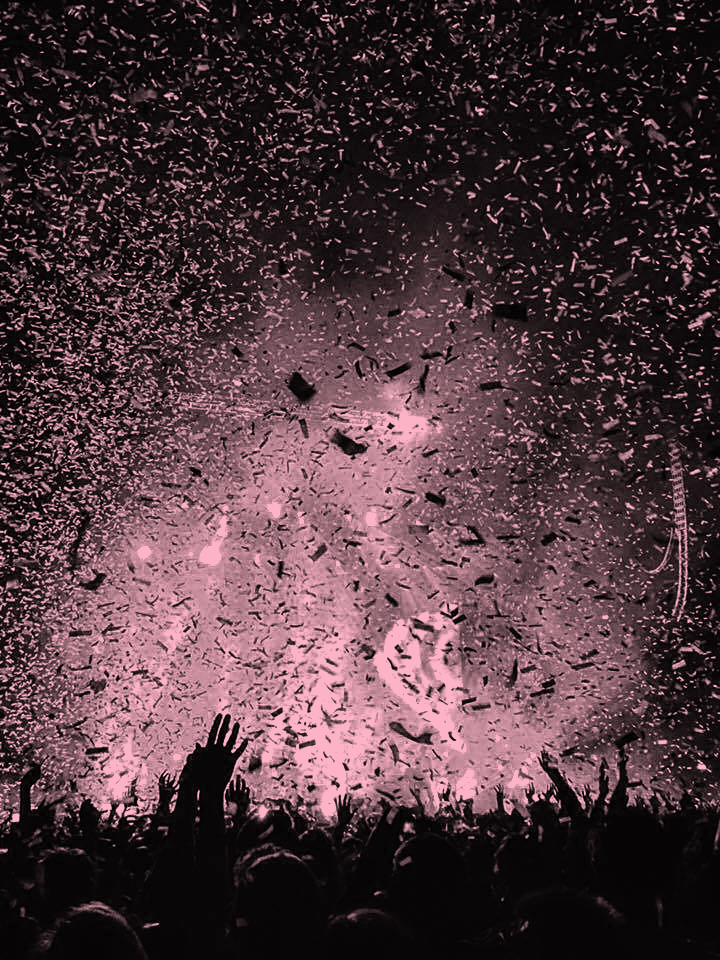FESTIVALS 2020: STILL A LONG WAY TO GO FOR GENDER DIVERSE LINE UPS
The boys are certainly back in town, but where’s everyone else?
As I eagerly sift through the newly released festival line-ups for summer 2020, it’s not long before my anticipation turns to disappointment. This isn’t disappointment with the quality of the headliners, but instead of the quantity; specifically the quantity of female artists that are, or more correctly, are not listed on the lineup. Reading and Leeds Festival is one of the first to come under criticism, with only 20 out of 91 acts listed on the poster featuring female artists. We all know that it’s not just straight white men making music, so why do the festival lineups show otherwise?
In fact, according to a BBC study done in 2017, men make up around 80% of festival lineups across the board. Keychain, a campaign committed to getting a 50:50 gender equal line-up across european festivals, had similar findings. It reports that: “In the UK in 2017, women made up 26% of the line-up in a sample of large music festivals and less than 10% of headliners in a survey conducted in the US.”
These are pretty shocking stats, but as I start to think about it, almost all of the tickets I have for upcoming festivals or gigs echo this, despite the fact that 60% of festival audiences are female. With a personal sway towards indie and rock music, the male dominance in lineups within these events seems to be even more prevalent. A quick scan through my upcoming purchases and the women are scarce. Heavy metal music festivals seem to come out even worse in the gender imbalance. According to the BBC in 2018, women made up just 5% of the Download lineup - which had the second biggest festival capacity after Glastonbury. But is this because women are less likely to make heavy metal music, or is it just that they are taken less seriously and favoured less when doing so?
Many festivals and booking agents argue that there simply aren’t enough female artists out there available for festival bookings. But are they really looking hard enough, and if this is the case, are the festivals to blame, or the industry itself for not making enough space for women to come through in the first place? Keychange have adapted their campaign to include more of the industry as well as festivals to address this. Founder, Vanessa Reed told Radio 1 Newsbeat: "We're opening up the pledge because we recognise the gender gap is an industry wide problem, it is not just about festivals."
Image Credit: Megan Graye
Right from the get go women walk into a 70% male dominated music industry, from buying their first guitar in a shop run by men, to being signed to a label which is 85% more likely to be owned by a man. Given this, it wouldn’t be strange to suggest women already feel like they’re on the back foot. There just isn’t a significant representation or diversity within the industry for aspiring female artists or producers to look up to. Does it need a woman to push twice as hard as a man to feel like she deserves her place and that she gets heard? Sam Fender seems to think so; in an interview with Stingray PausePlay he said: “I’ve got to highlight that my job has probably been made easier by the fact that I’m a white kid with a guitar. I think it would be harder if I was a girl - or not white - and I have to acknowledge that.”
Thanks to campaigns like Keychain, it appears that lineups are gradually becoming more inclusive. So far over 150 festivals have signed up to commit to a 50:50 gender equal line-up by 2022. Some festivals in particular, like Primavera in Barcelona, are already paving the way in gender diversity. Last year, they were the first major festival to hit a 50:50 gender split, proving to skeptics within the industry that change is possible.
But this isn’t just about being diverse for the sake of being diverse, (although this is important too), it’s about truly believing in talent across the board. We don’t want festivals to book artists to tick a box, we want people to open their eyes and ears to the talented female and LGBTQ artists out there who aren’t getting the space or attention they deserve. It’s about creating an awareness of this gender disparity so we can start to instigate hunger for change. It’s obvious the imbalance is not for a lack of talent so it’s time festivals and their female font sizes reflected that!


